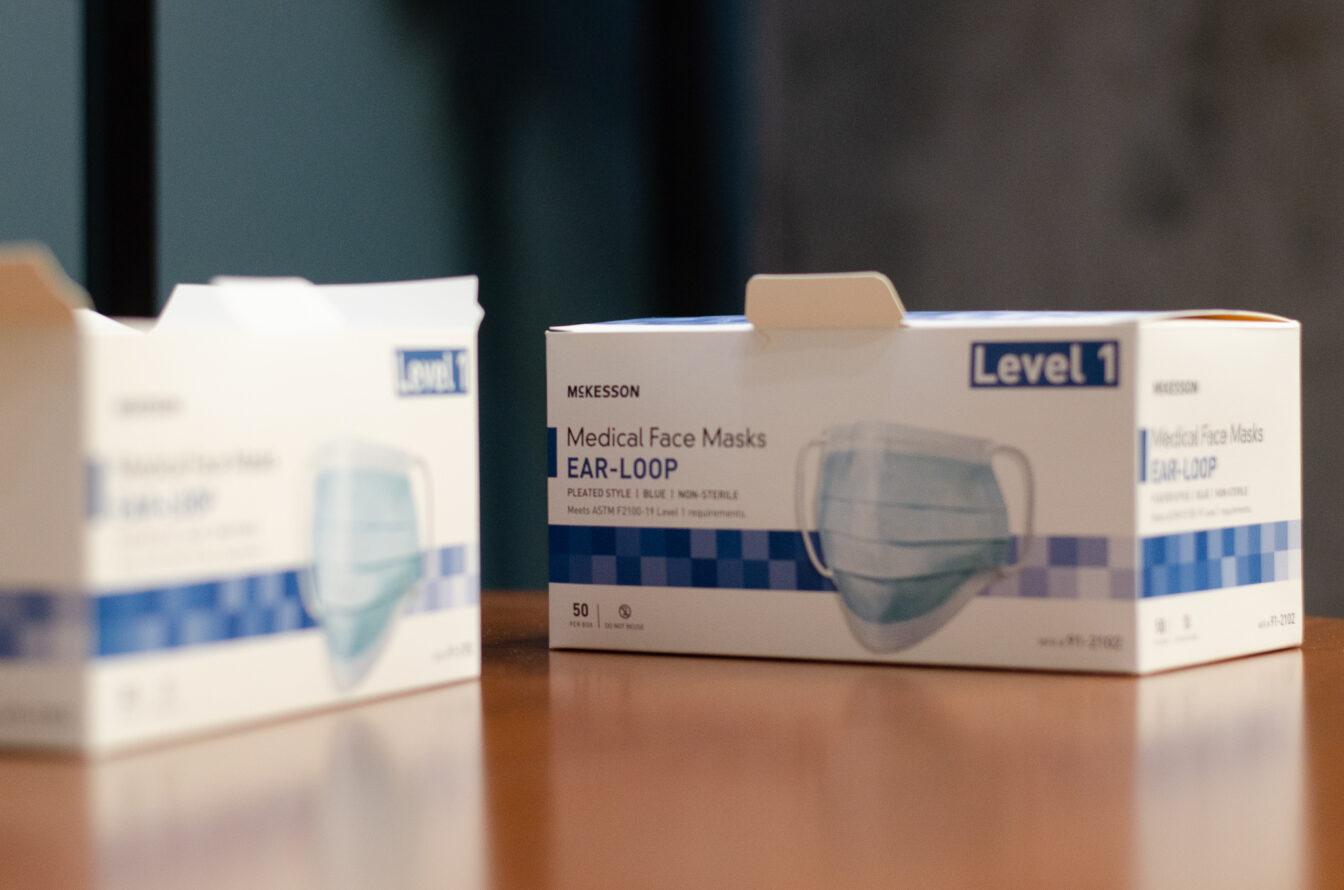The University of Wisconsin is launching a new study to determine how to better allocate information technology resources on campus.
The goal of the study is to reach better prioritization of spending in IT by using collaborative decision making, Vice Provost for Information Technology Bruce Maas said.
The project, which seeks to address the university’s limited IT resources, will be headed by former interim Vice Chancellor for Finance and Administration Mike Lehmann, who is a special advisor to the chancellor.
To better make decisions about IT expenditures for the university, the study will be looking at a review of how much money is spent on the campus for IT that was completed a few months ago.
“Through better prioritization we will be able to target our limited budget resources more effectively to support the missions of teaching, learning, research and service,” Maas said.
The aim is to be collaborative in the study because “we have found that when we are more collaborative, the end result is better, and we end up making better decisions if we ensure that all the right stakeholders are involved in helping to make those decisions,” Maas said.
UW Division of Information Technology spokesperson Brian Rust is helping to coordinate communications between the IT Core Leadership Team, the past and future governance groups, and the campus community.
When asked about the campus’s IT priorities, Rust said the question is precisely what led to the formation of the Core Leadership Team.
“The campus is focused on many different, important priorities and projects…this governance effort is to create a structure and a process to determine the priorities, provide sustainable resources to address them, and communicate them to the campus,” Rust said.
IT needs to support the mission of the university, Maas said, and therefore IT priorities are driven by campus priorities, whether it’s aiding in research, teaching, or a continued focus on blended learning (a combination of face-to-face activities and online activities).
“IT can help enhance those activities, however, what’s very important is that the faculty and instructors and researchers are more engaged in helping to prioritize how IT should be helping them,” says Maas.
While the exact timeline of this initiative is still unknown, the initial priorities are expected to be determined by the end of the fiscal year 2017.














